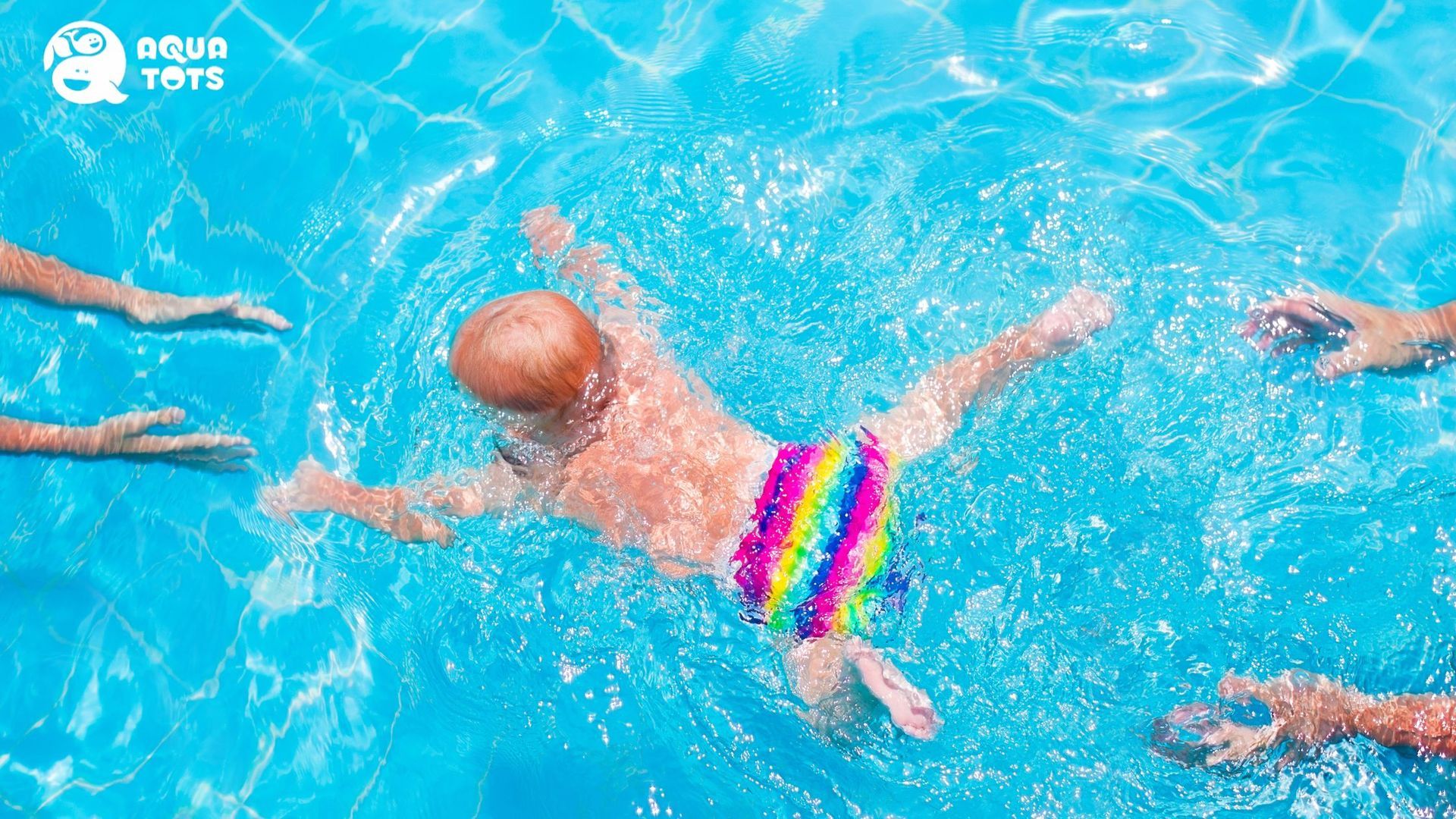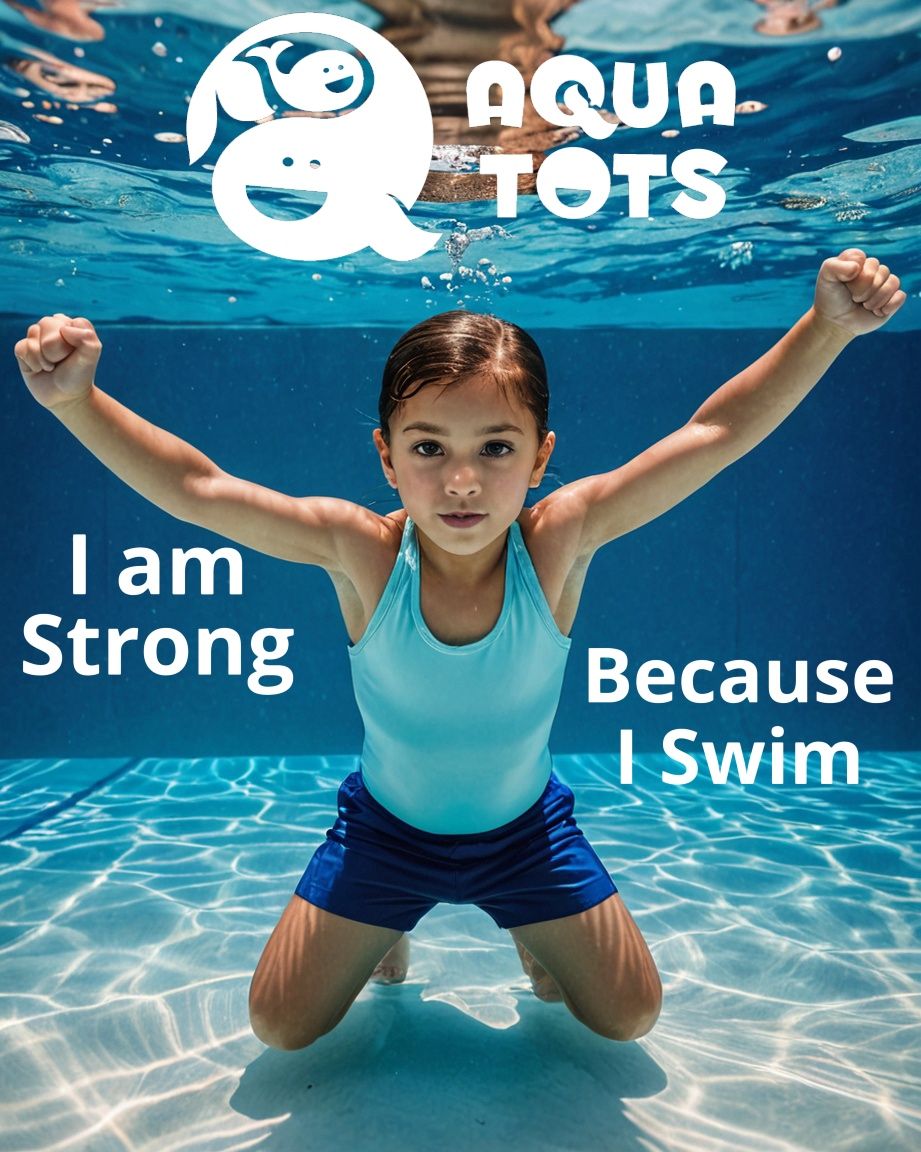How do i get my child to put their face in the water?
How do I get my child to put their face in the water? is a question that we hear often especially from families of children that may be starting a learn to swim journey a little later in life. In the article below we share some Aquatots inside information and some handy tips to assist with guiding your child to comfortably being able to put their face in the water.
To start with it is important to understand that Babies are born with a natural affinity to water and in the womb are surrounded by amniotic fluid. The quicker we can get the baby back to water the more natural this environment and water on their face and body will feel to them. Teaching a baby to put their face underwater is completely different to teaching a child over the age of 3 years. Babies under the age of 3 will still have many of their reflexes that can be used for submerging this is why it is important that your baby swim instructor holds the correct qualifications to teach children under the age of 3 years. To find out more about submerging your baby the correct way please read our Submerging Article
To assist a child that is over the age of 3 to get their face in the water for the first time you must understand where they are coming from. We are only born with fears, the fear of falling and the fear of loud noises all of our other fears are developed and engrained over time. A child that starts their learn to swim journey later in life has had three or more years to develop a good fear of the unknown and of an aquatic environment.
The easiest way to assist a child with getting comfortable putting their face in the water for the first few times is to not talk about putting their face in the water. Instead play games make it a fun experience and you will find that by experimenting and playing your child will eventually submerge their face. When you are assisting in their play ensure you offer lots of opportunities for your child to work it out on their own by placing things low in the water for them to collect.
Also keep in mind children are very visual learners and they will copy what they see not so much what they are told. Show them how to go under. Over emphasise holding your breath and duck under or put your face in the water. If your child sees you are going under and having fun they will eventually give it a go as well. As a beginner swimmer you want them to hold their breath when going under to start with to avoid water going up the nose or them breathing in at the wrong time when they are underwater. At Aquatots we teach breath holding and then breath control when underwater.
Below are some of our more popular submerging games that will be sure to have your child's face in quickly
London bridge
Have your children walk in shallow water or monkey under a noodle. Start with the noodle high and then get lower and lower. Be sure to show when it does get to a point where they may need to submerge how to hold their breath and duck under the bridge.
Watering the plants
Use the buckets with holes or a watering can to water the children and have them grow like a flower. See how small the seed can start and then jump up at the end to be the biggest flower you can be. Children usually like to pick what colour flower they are and when they are trying to be the seed again will get lower and lower in the water. Be sure to show them how to hold their breath and place their mouth underwater.
Magical water
Use the hoops on top of the water, pretend it's a magic circle and when you look through it you can see all sorts of wonderful things. Be sure to show your child how to hold their breath and place their face in the hoop. Ask them what they saw when their face was in the hoop.
Ring a Rosie
Sing the nursery rhyme and go around in a circle, when you all fall down encourage a submersion by showing your child how to hold their breath then submerge. Eventually you will find they start to copy what you do.
Accidental submersion
Practice a lot of jumping and bobbing. The use of a count can sometimes help cue the child. When they jump or bob they will be naturally holding their breath so this will be the best time for a submersion to start with. If your child does go under accidentally they will usually look for your reaction and take their cues from you, please ensure you look happy and excited. Be sure to allow the water toi stay on their face (try not to encourage wiping it away) as this will re enforce that its ok to have water on your face.
Building trust with the child will be a big part of them wanting to submerge independently. They will need to trust you to do what you say. Never trick a child into doing what you want or do the opposite of what you say you will, this will usually end up with a shock and your child breathing the water in and not wanting to try again.
Most importantly when the child has submerged or placed their face in the water for the first time it is cause for celebration, this is a big step in their learn to swim journey and becoming safe in and around the water, be that person who is there to celebrate with them.
Certifications









